



 The Texas floods could have been mitigated through improved flood warning systems, better land use planning, and enhanced infrastructure. Specifically, implementing a comprehensive flood warning system with sirens, investing in robust flood control measures like levees and dams, and restricting development in flood-prone areas could significantly reduce the impact of future flooding. Additionally, addressing climate change and its impact on precipitation patterns is crucial for long-term flood prevention, according to Climate Central.
The Texas floods could have been mitigated through improved flood warning systems, better land use planning, and enhanced infrastructure. Specifically, implementing a comprehensive flood warning system with sirens, investing in robust flood control measures like levees and dams, and restricting development in flood-prone areas could significantly reduce the impact of future flooding. Additionally, addressing climate change and its impact on precipitation patterns is crucial for long-term flood prevention, according to Climate Central.
- Sirens and Alerts:
Implementing a comprehensive siren system, like the one discussed in Kerr County, could have provided timely warnings to residents about rising floodwaters.
- Modern Flood Prediction Models:
Utilizing advanced flood prediction models, such as the FIRST model used in Houston, can provide emergency managers with near-instantaneous flood predictions, allowing for quicker responses and evacuations.
- Improved Communication:
Better communication strategies, including public education campaigns and clear evacuation routes, are essential for ensuring residents understand the risks and know how to respond.
- Levees and Dams:
Strengthening existing levees and building new ones, along with constructing dams to regulate water flow, can help manage floodwaters and prevent them from inundating populated areas.
- Nature-Based Solutions:
Utilizing natural solutions like restoring wetlands and improving drainage can help absorb excess rainfall and reduce runoff.
- Restricting Development in Floodplains:
Limiting construction in flood-prone areas can prevent future flood damage and loss of life.
- Promoting Permeable Surfaces:
Encouraging the use of permeable pavements and other surfaces that allow water to infiltrate the ground can reduce runoff and lessen the burden on drainage systems.
- Reducing Greenhouse Gas Emissions:
Mitigating climate change by reducing greenhouse gas emissions is crucial for slowing down the intensification of rainfall events associated with a warming climate.
- Adapting to Climate Change:
Implementing strategies to adapt to the impacts of climate change, such as increased rainfall and sea-level rise, is essential for building resilience to future flooding.
- Property Protection:
Elevating utilities, installing check valves, and sealing walls can minimize damage to homes during floods.
- Debris Management:
Keeping gutters and drains clear of debris can prevent blockages and allow for proper water flow.
- Emergency Preparedness:
Stockpiling emergency supplies and developing evacuation plans can help individuals and families better prepare for and respond to flooding events.
To prevent similar tragedies, we can learn from the Texas flood by focusing on improving flood mitigation strategies such as using green infrastructure to absorb rainfall and reduce stormwater runoff. Preserving land in or around floodplains and implementing floodplain management can also help control floodwaters and minimize damage. Effective flood control requires a combination of measures tailored to the specific region’s hydrological conditions, land use patterns, and climate.
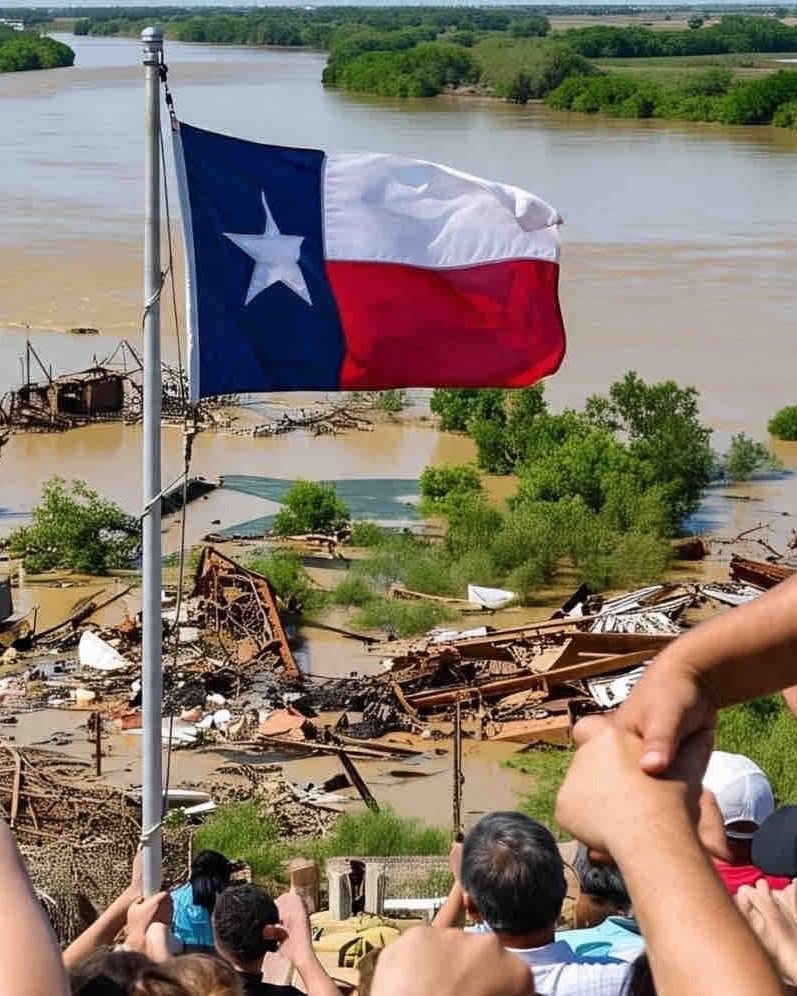

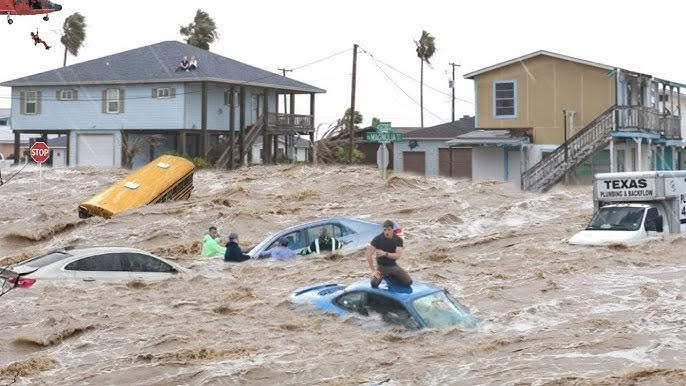
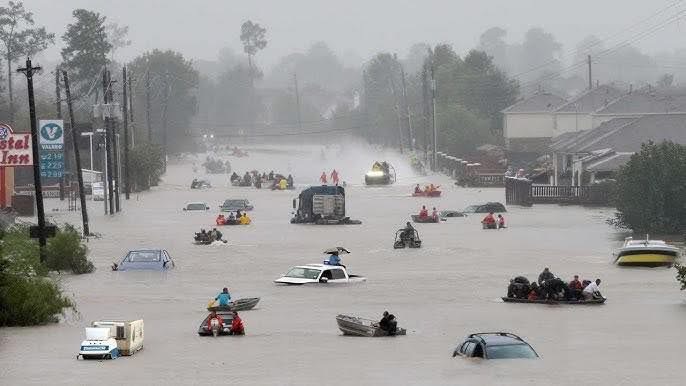
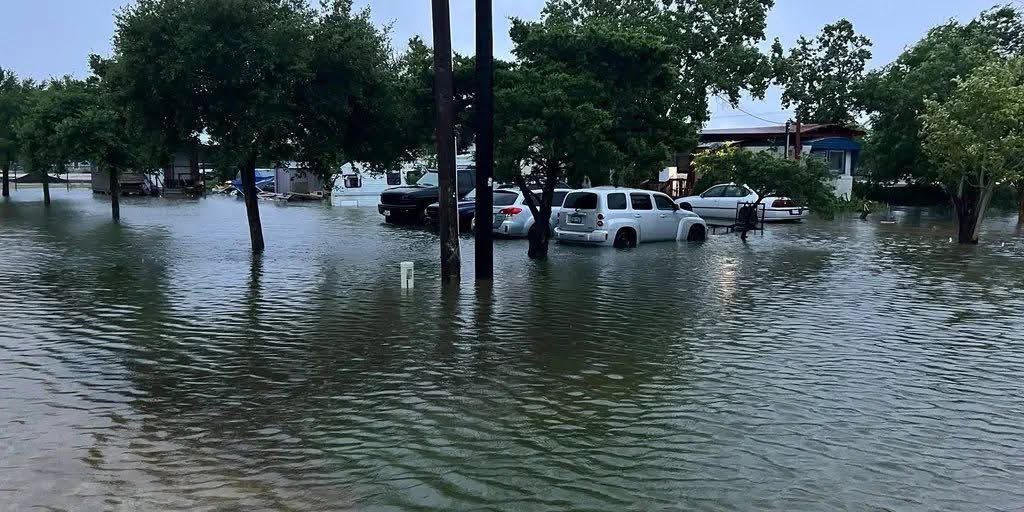
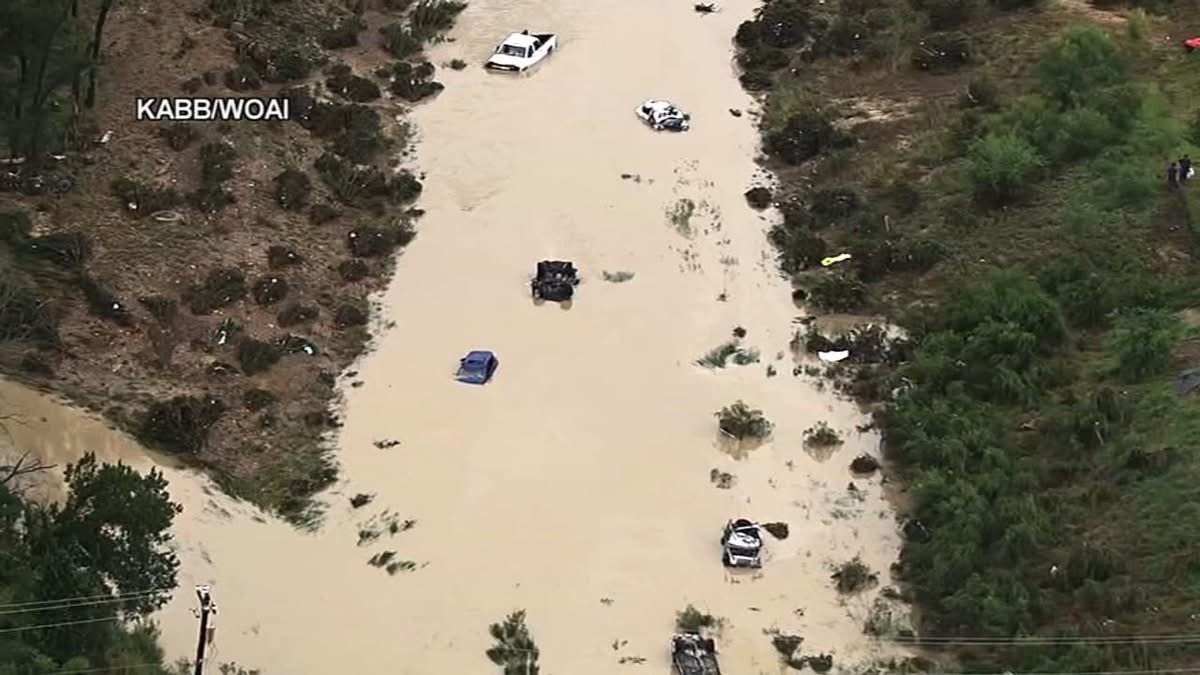 The Texas floods could have been mitigated through improved flood warning systems, better land use planning, and enhanced infrastructure. Specifically, implementing a comprehensive flood warning system with sirens, investing in robust flood control measures like levees and dams, and restricting development in flood-prone areas could significantly reduce the impact of future flooding. Additionally, addressing climate change and its impact on precipitation patterns is crucial for long-term flood prevention,
The Texas floods could have been mitigated through improved flood warning systems, better land use planning, and enhanced infrastructure. Specifically, implementing a comprehensive flood warning system with sirens, investing in robust flood control measures like levees and dams, and restricting development in flood-prone areas could significantly reduce the impact of future flooding. Additionally, addressing climate change and its impact on precipitation patterns is crucial for long-term flood prevention, 